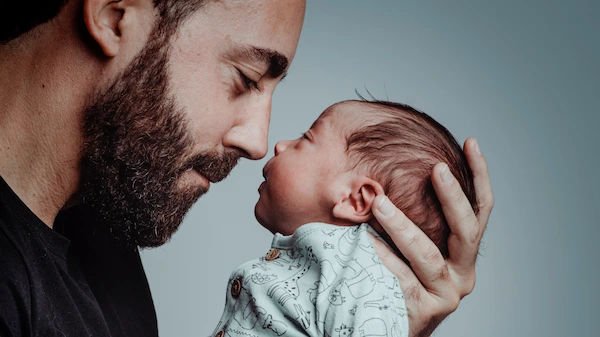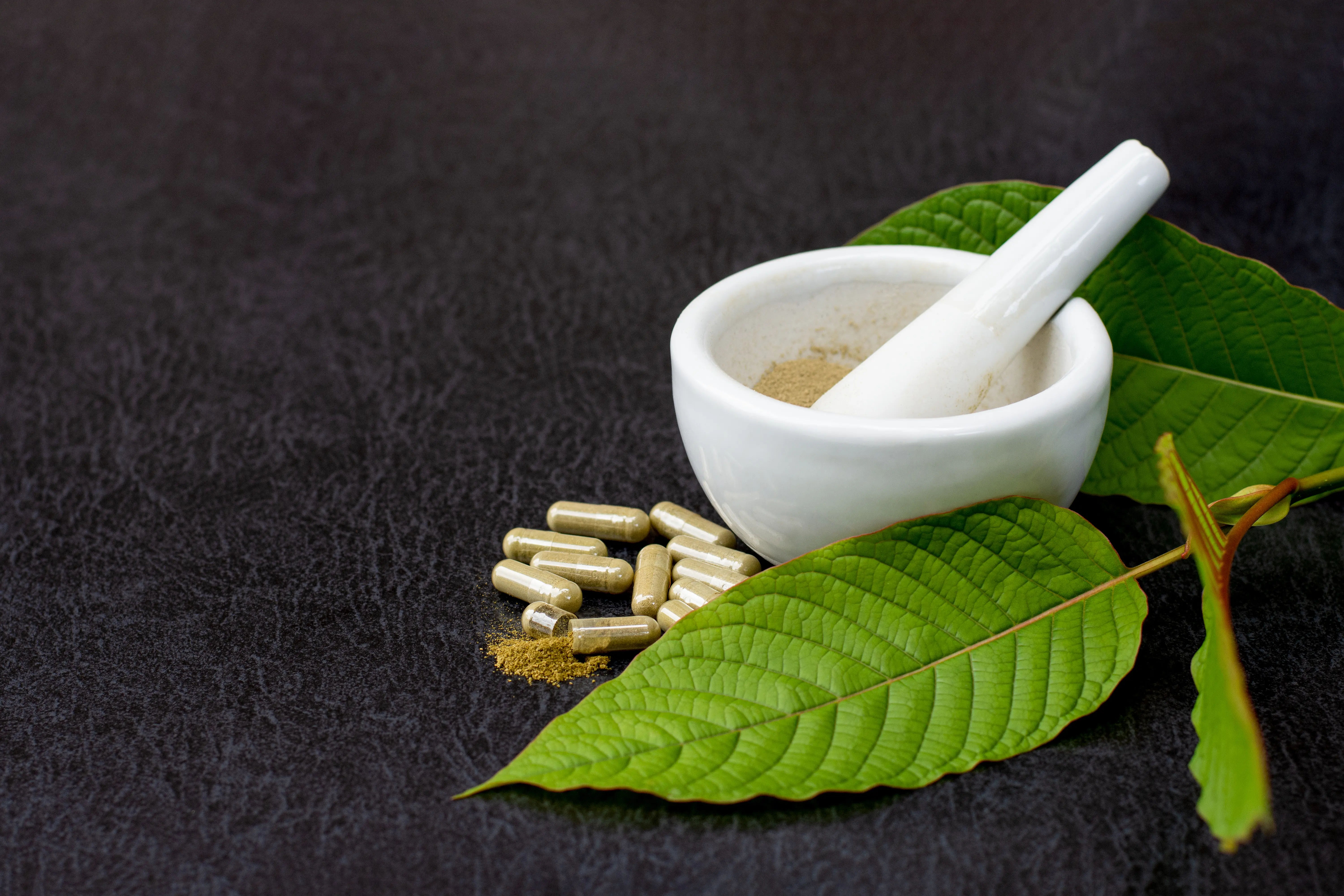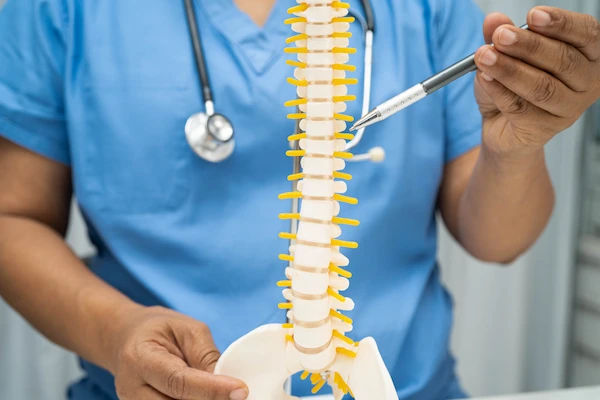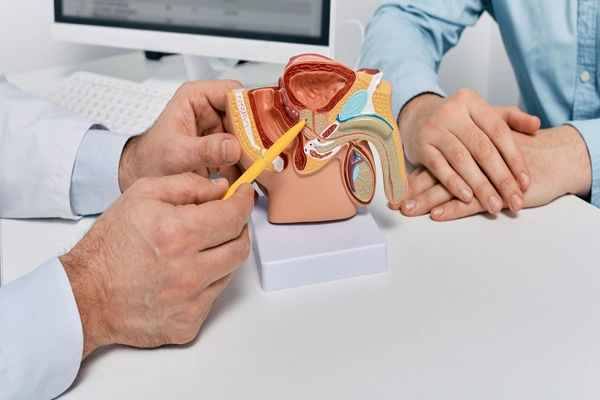How to Lower Blood Sugar Instantly? Proven Tips and Home Remedies
Need rapid relief from high blood sugar? Learn safe, proven tips and home remedies—hydration, activity, food choices, and insulin guidance—for diabetes management.


Introduction
High blood sugar can make you feel thirsty, tired, and foggy—and if it stays high, it can lead to serious problems. The good news: there are safe, practical steps you can take right now to bring your numbers down. This guide shares proven, doctor-approved home strategies for quick relief, plus everyday habits that support better blood sugar control and long-term diabetes management. If you use insulin or other diabetes medicines, you’ll also learn when to adjust your plan and when to call for help.
First, check your numbers and how you feel?
Before you act, confirm your reading and assess symptoms.
- Recheck your glucose: Wash and dry your hands, then test again with your meter or CGM.
- Lotion, food residue, or an old test strip can give a false high.
- Note your symptoms: Thirst, frequent urination, blurry vision, fatigue, and headache are common with high blood sugar. Nausea, vomiting, abdominal pain, fruity breath, deep/rapid breathing, or confusion can be signs of a dangerous condition and require urgent care.
- If you use insulin and your glucose is high (for example, above about 240 mg/dL), check for ketones if you can. Exercise with moderate or large ketones is unsafe and can worsen blood sugar.
Seek urgent medical help now if:
- You have vomiting, severe abdominal pain, heavy breathing, or confusion.
- Your glucose stays very high (for example, 300–350 mg/dL or more) despite using your usual correction insulin and drinking fluids.
- You have moderate or large ketones, especially if you feel unwell.
- You are pregnant and have persistent high readings.
- You cannot keep fluids down.
Quick, safe ways to lower blood sugar at home
These steps can help most people bring levels down over the next 30 minutes to a few hours. If you have a personalized plan from your clinician, follow it first.
1) Hydrate with water
- Drink water regularly (small sips if you feel nauseated). Staying hydrated helps your kidneys flush out extra glucose through urine.
- Avoid sugary drinks, fruit juice, energy drinks, and alcohol when you’re high.
2) Move your body—if ketones are negative
- Light activity, such as a 10–15 minute brisk walk, gentle cycling, or marching in place, can help your muscles use glucose.
- Important safety note: If your glucose is high and you have moderate or large ketones, do not exercise. Treat ketones and follow your sick-day plan or contact your care team.
3) Use your prescribed rapid-acting insulin correction (if applicable)
- If you take rapid-acting insulin, follow your correction factor or sliding scale as written in your diabetes management plan.
- Avoid “insulin stacking.” Wait the recommended time (often about 3–4 hours after a rapid-acting dose) before taking more, unless your provider has given different instructions.
- If levels aren’t coming down as expected, check your insulin pen or vial (expiration date, storage temperature), inject into a fresh site, and consider contacting your care team.
4) Make smart food choices now
If you’re hungry while high:
Choose low-carb, high-fiber, and protein-rich options such as:
- A handful of nuts
- Cheese or cottage cheese with cucumber or bell pepper slices
- Plain Greek yogurt (unsweetened)
- Eggs
- A green salad with olive oil and lean protein
- Avoid refined carbs (white bread, crackers, pastries) and sugary foods until your glucose comes down.
5) Reduce stress in the moment
Stress hormones can raise blood sugar. Try:
- Slow breathing: Inhale for 4 seconds, exhale for 6 seconds, repeat for 5–10 minutes.
- A short walk or gentle stretching.
- Brief mindfulness or a calming playlist.
6) A note on vinegar and other “home remedies”
Vinegar before meals has shown small, short-term reductions in post-meal glucose in some studies. If you want to try it, dilute 1–2 teaspoons of apple cider vinegar in a large glass of water before a meal. It is not a replacement for medications and may irritate the stomach or teeth; avoid it if you have certain health conditions or take medications that interact with acids. Ask your clinician first.
Cinnamon and herbal supplements have mixed evidence and are unlikely to lower blood sugar instantly. Use caution with supplements, as quality varies and interactions are possible.
Consult a Top General Physician
What not to do when your blood sugar is high?
- Do not take extra doses of diabetes pills (such as metformin, sulfonylureas, or others) unless your clinician has told you exactly how and when to do so.
- Do not exercise if you have moderate or large ketones, severe symptoms, or if you feel ill or dehydrated.
- Do not skip fluids, and do not drink alcohol.
- Do not overcorrect with insulin. Follow your plan and timing to avoid hypoglycemia later.
- Do not ignore persistent highs, especially if you are sick, pregnant, or newly diagnosed.
When to call your care team or go to urgent care?
Get medical help if any of the following occur:
- Your blood sugar remains very high (for example, above 300 mg/dL) for several hours despite correcting insulin and hydration.
- You have moderate or large ketones, or increasing ketones.
- You cannot keep fluids down, or you have vomiting, abdominal pain, heavy or rapid breathing, fruity-smelling breath, confusion, or extreme sleepiness.
- You have signs of severe dehydration: dizziness, very dry mouth, minimal urination, or fast heartbeat.
- You are pregnant and have persistent high readings, or you have type 1 diabetes with symptoms of diabetic ketoacidosis.
Build a plan for future blood sugar control
Quick fixes are important, but preventing big spikes is the real goal of strong diabetes management. Work with your healthcare team to create a plan that fits your life.
Eat for steady energy
- Aim for balanced meals: half non-starchy vegetables, one-quarter lean protein, one-quarter high-fiber carbs (beans, lentils, whole grains) and include healthy fats (olive oil, nuts, avocado).
- Watch portion sizes for carbohydrate foods and consider carbohydrate counting if recommended by your team.
- Favor fiber-rich carbs and lower-glycemic choices (e.g., steel-cut oats instead of instant oats; berries instead of juice).
- Read labels for added sugars. Keep high-sugar snacks for treating lows, not for everyday eating.
Make movement routine
- Most adults benefit from at least 150 minutes per week of moderate activity (such as brisk walking), plus 2–3 sessions of strength training. Even short movement breaks after meals (5–10 minutes) can reduce post-meal spikes.
- If you use insulin or medications that can cause lows, learn how to time food and medicine around exercise and keep fast-acting carbs on hand.
Sleep and stress matter
- Aim for 7–9 hours of sleep. Poor sleep can raise insulin resistance and appetite.
- Practice regular stress management: walking, time outside, social connection, mindfulness, or yoga.
Take medications as prescribed and review them regularly
- Take insulin and diabetes pills exactly as directed. Do not skip basal insulin.
- Ask your clinician to review your regimen if you have frequent highs or lows, are getting sick often, or your schedule has changed.
- Learn sick-day rules for your specific medications (for example, when to pause certain drugs if you are dehydrated or vomiting).
Monitor and learn your patterns
- Use a meter or continuous glucose monitor to spot trends, not just single numbers.
- Many adults aim for a “time in range” of about 70–180 mg/dL, and clinicians often set an A1C goal around 7% for many non-pregnant adults. Your targets may differ based on age, health, and risks, work with your provider to set yours.
Keep a simple log of food, activity, stress, illness, and medication changes to identify triggers for spikes.
Prepare a high blood sugar action plan
Write down:
- When to check ketones, and how to respond to results.
- Your correction of insulin factor or scale, including timing and maximum daily doses.
- When to call your clinic or go to urgent care.
- Sick-day instructions for fluids, carbs, and medications.
- Share the plan with family or close friends so they can help if you’re unwell.
Consult a Top General Physician
Consult a Top General Physician

Dr D M Karthik
General Practitioner
4 Years • MBBS, Fellowship in Diabetes Mellitus, Advance certificate in Diabetes Mellitus, Derma Nutrition Certification
Visakhapatnam
Apollo 24|7 Clinic - Andhra Pradesh, Visakhapatnam

Dr. M L Ezhilarasan
General Practitioner
6 Years • MBBS
Visakhapatnam
Apollo 24|7 Clinic - Andhra Pradesh, Visakhapatnam

Dr. Divyashree K
General Physician/ Internal Medicine Specialist
5 Years • MBBS
Bengaluru
Apollo Clinic, JP nagar, Bengaluru

Dr. Swagata Sircar
General Physician/ Internal Medicine Specialist
8 Years • MBBS, MD General Medicine
Kolkata
HealthYou Speciality Clinic & Diagnostics., Kolkata
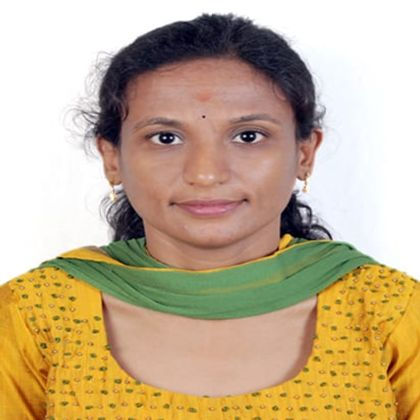
Dr. Smitha Nagaraj
General Physician/ Internal Medicine Specialist
15 Years • MBBS, Diploma in Family Medicine
Bengaluru
Apollo Medical Center, Marathahalli, Bengaluru
Consult a Top General Physician

Dr D M Karthik
General Practitioner
4 Years • MBBS, Fellowship in Diabetes Mellitus, Advance certificate in Diabetes Mellitus, Derma Nutrition Certification
Visakhapatnam
Apollo 24|7 Clinic - Andhra Pradesh, Visakhapatnam

Dr. M L Ezhilarasan
General Practitioner
6 Years • MBBS
Visakhapatnam
Apollo 24|7 Clinic - Andhra Pradesh, Visakhapatnam

Dr. Divyashree K
General Physician/ Internal Medicine Specialist
5 Years • MBBS
Bengaluru
Apollo Clinic, JP nagar, Bengaluru

Dr. Swagata Sircar
General Physician/ Internal Medicine Specialist
8 Years • MBBS, MD General Medicine
Kolkata
HealthYou Speciality Clinic & Diagnostics., Kolkata

Dr. Smitha Nagaraj
General Physician/ Internal Medicine Specialist
15 Years • MBBS, Diploma in Family Medicine
Bengaluru
Apollo Medical Center, Marathahalli, Bengaluru
More articles from General Medical Consultation
Frequently Asked Questions
What number is considered high blood sugar?
In general, for many adults with diabetes, a pre-meal glucose above 130 mg/dL or a peak after meals above 180 mg/dL is often considered high, but targets are individualized. Ask your clinician for your personal goals.
How fast can I lower my blood sugar at home?
Hydration, light activity (if ketones are negative), and a prescribed insulin correction can begin lowering glucose within 30–120 minutes. Safe, steady lowering is better than aggressive dosing that risks a low later.
Can water really lower high blood sugar?
Yes. Drinking water helps your kidneys remove extra glucose through urine and prevents dehydration, which can worsen high blood sugar.
Should I exercise when my glucose is very high?
Only if you do not have ketones and you feel well. If ketones are moderate or large, or if you have symptoms like nausea or abdominal pain, do not exercise. Treat ketones and follow your care plan or seek medical advice.
Are natural remedies like apple cider vinegar or cinnamon safe?
They may have small effects for some people, but they are not a substitute for proven treatments and won’t “instantly” fix a high. Vinegar should be diluted and avoided by people with certain conditions. Discuss any supplement with your healthcare professional.

